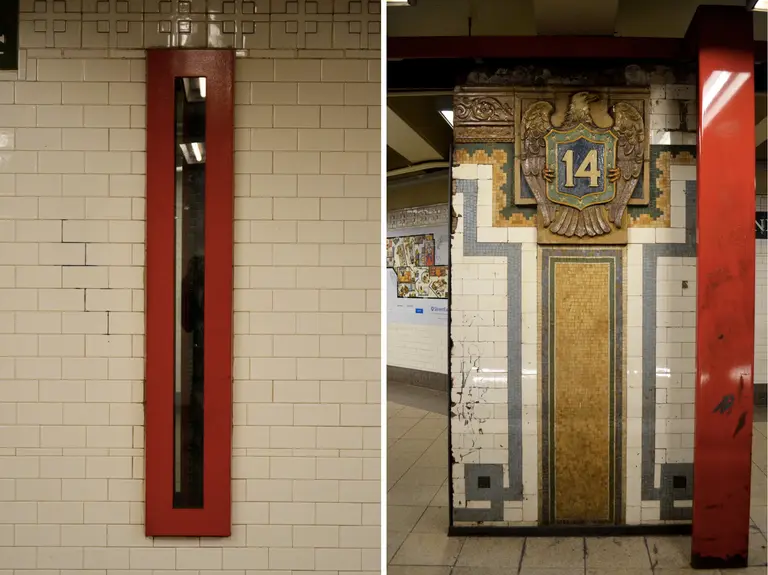See NYC’s Subway Lines Superimposed Over an Aerial Photo of the City
See more views here
On Monday, resident architecture critic Carter B. Horsley shared his thoughts on the the new $4 billion LaGuardia airport proposal, and let’s just say he is not impressed. He feels the design is “especially lackluster and uninspired when compared to many new 21st-century airports” with no “new urban mascot, logo or icon to offer and amuse.” He […]
Yesterday, we learned of Governor Cuomo’s plans for a major, $4 billion overhaul of LaGuardia Airport. The project includes consolidating the four terminals, moving the entire facility south, introducing a 24-hour ferry service, and launching AirTrain service that’ll connect travelers to the 7 line in Willet’s Point. Today, however, the revelry took a turn when it […]

Images by This Hidden City